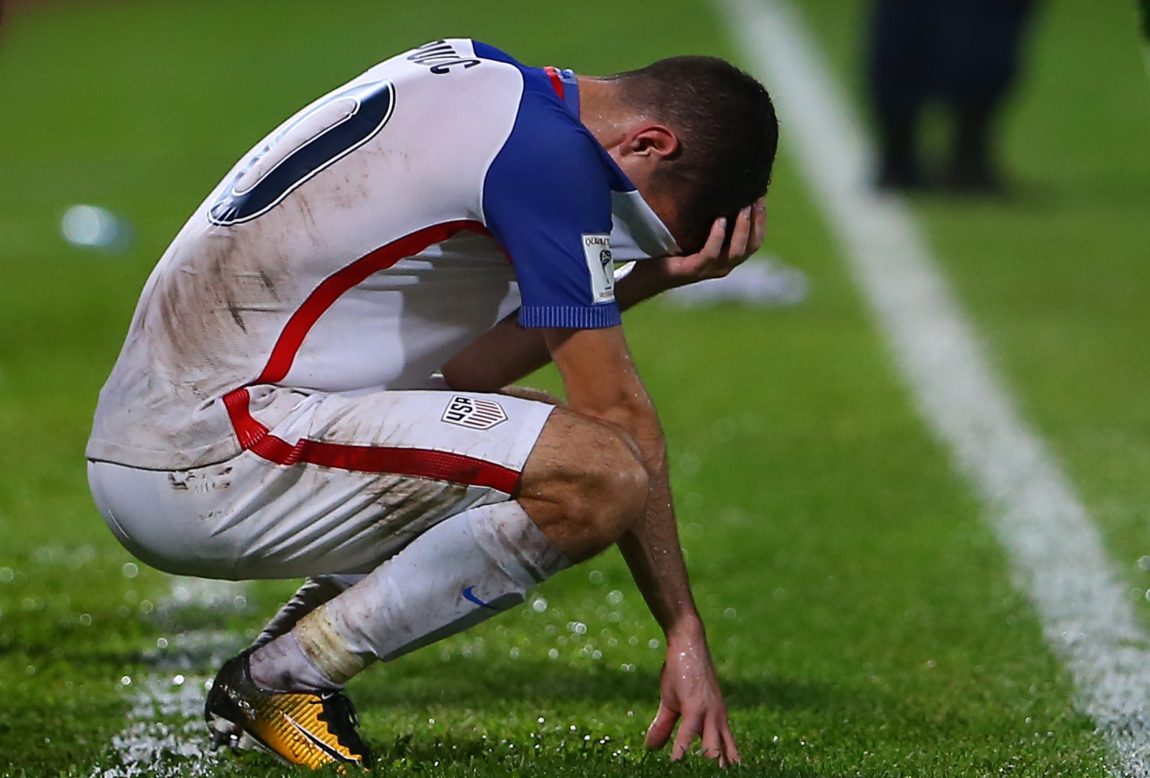Youth soccer in America seems to be at an all-time low. Much is being said about the causes of poor development, especially after the US Men’s National Team failed to qualify for the 2018 FIFA World Cup in Russia.
Popularity in soccer in the US has risen dramatically over the last three decades, however young players are now said to be “abandoning the game in alarming numbers”. According to the Sports and Fitness Industry Association (SFIA), the percentage of 6-12 year olds playing soccer regularly has dropped nearly 14 percent to 2.3 million players between 2015 and 2018. The rate of participation in soccer continues to decline, whereas sports like basketball and baseball are seeing an increase in enrollments. So, clearly there are big problems with US youth soccer and the question must be asked, “What is wrong with US youth soccer?”
- US Still Doesn’t Understand Soccer
- Coaching Systems
- Too Expensive?
- Reaching For Perfect Play
- Late Entry to Competitive Soccer
US Still Doesn’t Understand Soccer

Despite the US being an active participant in soccer over the last three decades and even dominating the women’s game, US Soccer is immersed with people who still do not understand soccer. Firstly, the issue regarding parents. Parents are the most involved set of people in the sport and are the ones introducing youth players to tactical and technical instructions. Parents, however, are in no position to issue proper guidance as they rely on their limited knowledge from their brief spell playing in high school or other below amateur levels, yet somehow they assume a role in coaching. While it is great that parents may create the initial interest in their children to play, it is the commanding, controlling and micromanaging over the child that diminishes the motivation and enthusiasm the child once felt.
Former pro soccer player and World Cup winner, Paul Breitner, believes America’s soccer problem is that “Americans think soccer players are athletes”, relating and comparing soccer too much to other sports, like football. By projecting the demands of other sports on children that play soccer is a huge disservice to their actual abilities that should be being developed. If this misconception is not solved in the early stages of a soccer player’s career, then development will be stunted and participation will continue to decline.
Coaching Systems
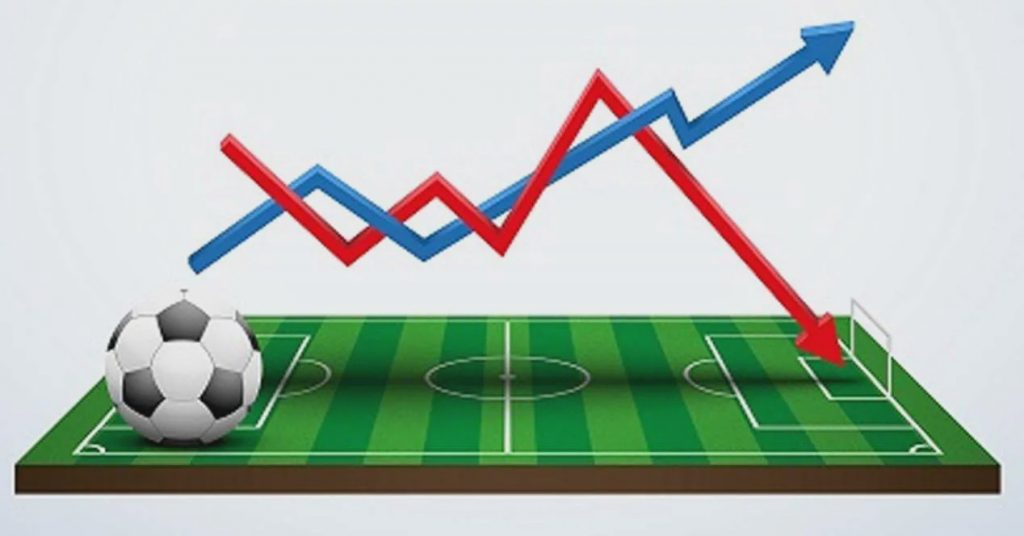
One may question how there is a lack of understanding in soccer when there are so many “qualified” coaches across the country. It is true a coach may have obtained a license from the United States Soccer Federation (USSF) from a youth soccer body or even from the internet, but this training license is not enough to produce the right type of coaches for youth soccer. Since there are many certified coaches with the inability to teach and effectively develop young players, there must be a re-evaluation of the process by which people are able to become certified coaches.
For instance, if someone uses YouTube tutorials as a means of obtaining coaching training, there will clearly be limits to how much they can impact soccer players. Lack of intensive, physical training will produce trainers who are ill equipped to train high performing soccer players. There is a difference between gaining expertise through hands-on exercises and watching edited video clips from the comfort of your home. This pertains mostly to parents who are very likely to proclaim themselves as certified trainers only after having viewed a number of online soccer practice and highlight videos.
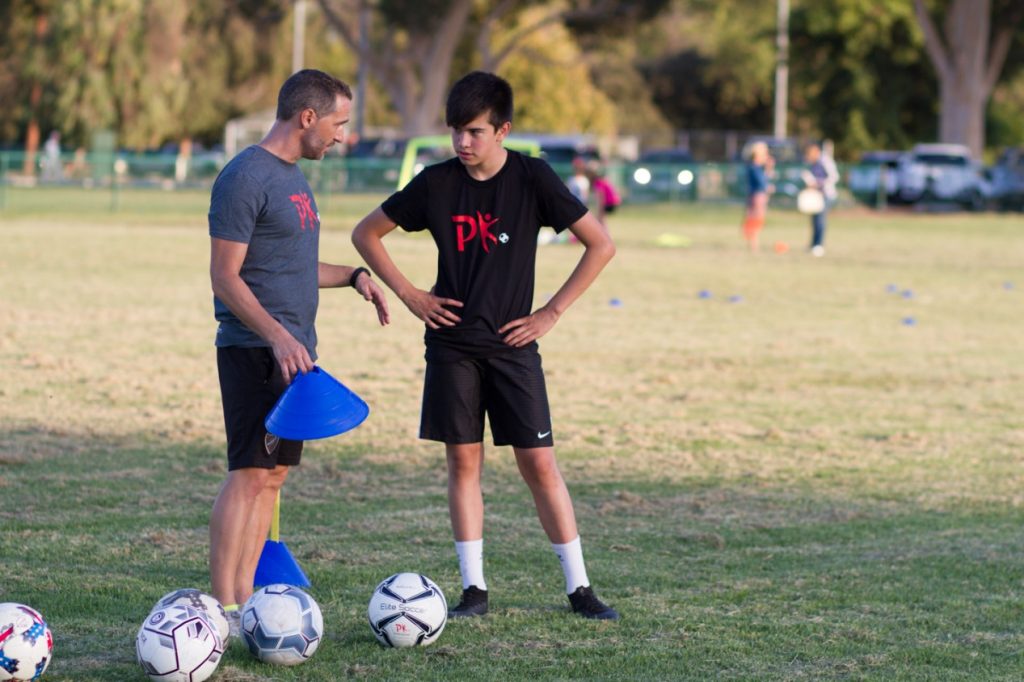
Too Expensive?
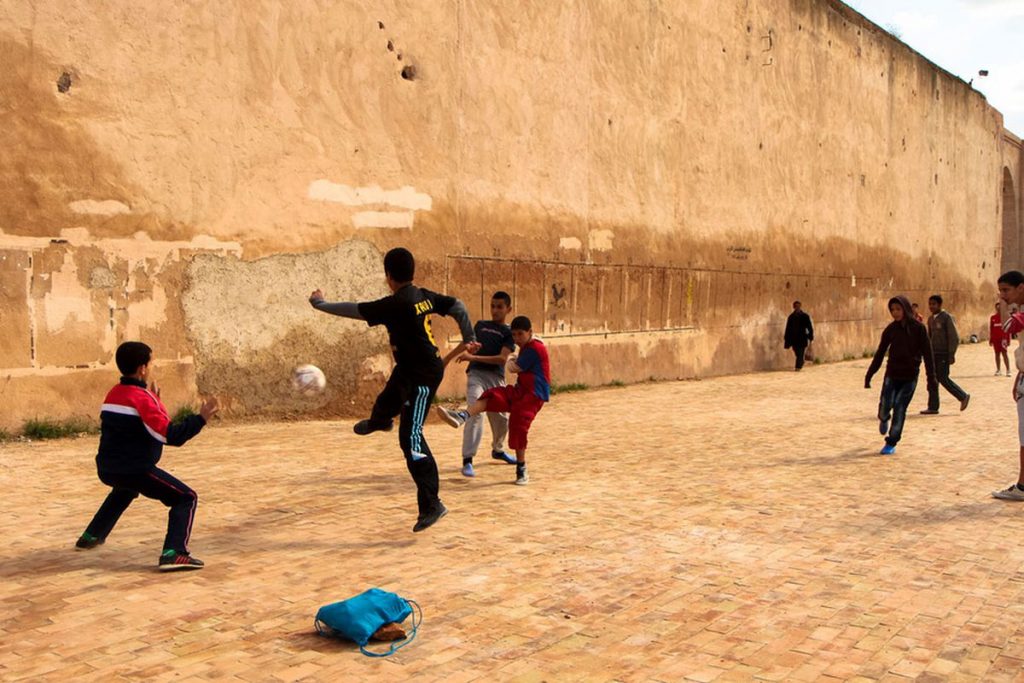
Another important issue is questioned: is it becoming too expensive to be a soccer player in the U.S.? A large number of families are unable to afford the high costs to play, as only 35% of those who play soccer in the country live in households that make over $100,000 annually. Former U.S. Women’s World Cup winning goalie, Hope Solo, explained how her “family would not have been able to afford to put [her] in soccer if [she] was a young kid today”. The reality of the situation is that there are many young children with an immense amount of talent, but are pushed out of their sport because of their family’s financial circumstances. Parents have to decide whether the price to play the sport, as well as how it may affect the child’s education, is worth spending the money on. Loss aversion kicks in and the sport becomes too much of a luxury to gamble on. It is not realistic to start playing soccer in the U.S. as a ticket out of poverty, as you have to be rich to play in the first place. Families who attempt to brave the odds and shell out the cash may find themselves in financial trouble down the road.
Reaching For Perfect Play
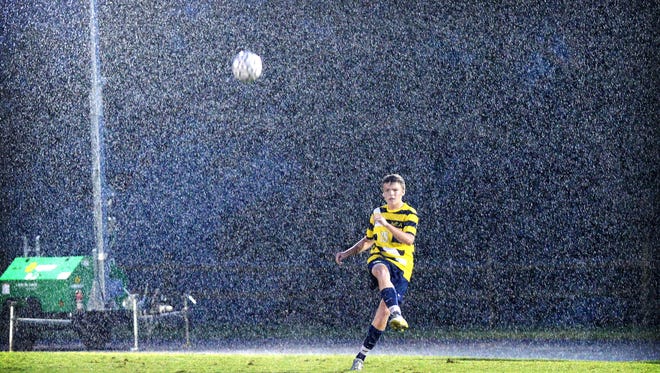
The biggest problem in U.S. soccer is arguably the obsession to play in the perfect environment. Many want the perfect conditions for their child to play in. The desire for perfect fields and perfect competitions is a major drawback to allowing children to play as often as possible. Individuals become top soccer players simply by playing regularly, not by traveling long distances to competitions.
Parents can also be faulted on the insistence to play in perfect weather conditions. A parent may decide their child should not go to practice on any given day because there has been some light rain, or if it is fairly hot outside. They may worry more about preparing snacks, rather than being interested in helping improve the child’s abilities.
Parents should be focused on finding the right group for their child to play with. The right group, more often than not, is not according to if their friends are on the team or the same age, but must be by skill level. Under this circumstance, the aim is to get better and develop as a player every single day.
Late Entry to Competitive Soccer

For U.S. soccer to move forward, not only should young players play more, but they also need to start competing earlier. Between the ages of three and six, it is recommended that children should play recreationally, simply learning to kick and run. As they grow older, their use of reasoning will become sharper and will be better fit to make decisions, at this point coaches should focus on preparing then to be competitive. Preparation would include basic tactical instructions by position, technical development, and sharing responsibility with teammates until age ten, when they are expected to start playing in competitive games. When youth players start competing early, they develop the mentality to play to win.

